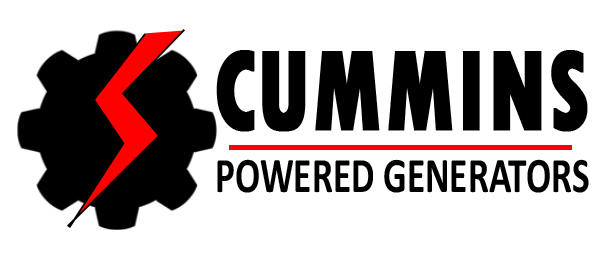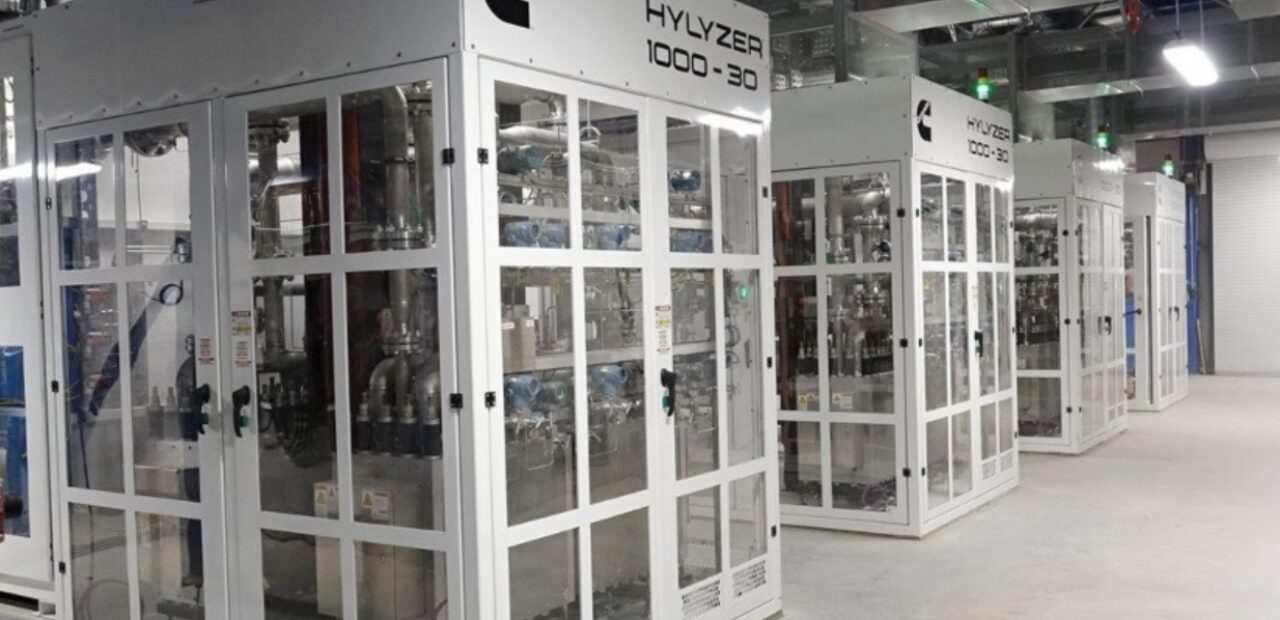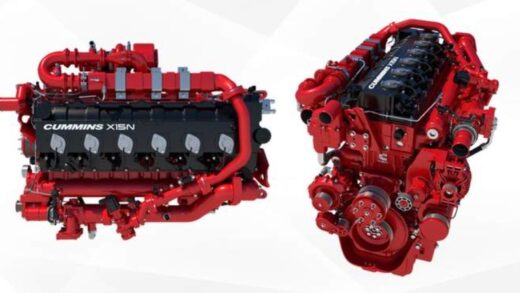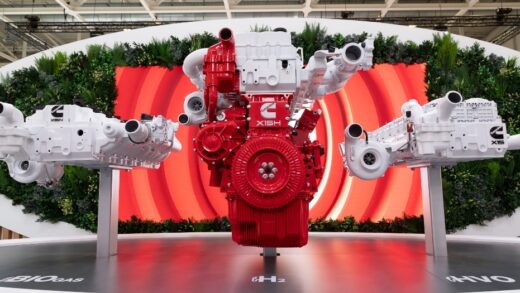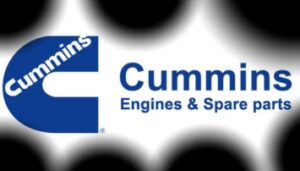Cummins expands Belgian electrolyzer capacity to 1 GW with IPCEI support
Cummins Inc. (NYSE: CMI) will expand PEM cell capacity at its Auvel, Belgium plant to 1 gigawatt (GW) with support from the Important Project of Common European Interest (IPCEI) Hy2Tech program Hy2tech). The IPCEI program, recently approved by the European Commission and funded by the Flanders Agency for Innovation and Enterprise (VLAIO), will help Cummins develop a new generation of PEM cell packages for large-scale hydrogen production systems.
By increasing production capacity, Cummins will continue to develop a green hydrogen economy in Europe and around the world, support new infrastructure projects and advance government decarbonization goals.
“Innovation plays a key role in this fast growing market and Europe has a unique opportunity to become a technology, design and manufacturing hub for hydrogen production equipment,” said Alexei Ustinov, Cummins vice president of electrolyzers. “This funding from IPCEI is important to the entire hydrogen value chain and proves that Cummins is on the right track in driving the hydrogen economy forward. Continuous expansion of research and development capabilities and an increase in our manufacturing capacity will help us meet the growing market demand in Europe and all over the world.”
The expansion in Belgium complements the already growing global production of Cummins electrolyzers. The company has increased capacity at its facility in Mississauga, Canada, and is building two new electrolyzer plants in Spain and China, each with an initial production capacity of 500 MW, with the potential to scale up to 1 GW.
The IPCEI Hy2Tech program includes 41 projects from 35 companies in 15 European countries.
“Promoting the development and deployment of hydrogen technologies will boost jobs and growth across Europe and contribute to our environmental and sustainability agenda,” said Thierry Breton, EU Commissioner for the Internal Market. “This makes it possible for energy-intensive industries to move towards clean technologies and increase our independence from fossil fuels. Through the IPCEI program, we see how hydrogen production in the EU moves from laboratory to plant, and our industry turns technological excellence into commercial leadership. And “Of course, we are supporting hydrogen not only through funding. We have also made decisive progress in building partnerships through the Clean Hydrogen Alliance and are developing pan-European rules to ensure the functioning of the hydrogen market and the creation of specialized infrastructure.”
